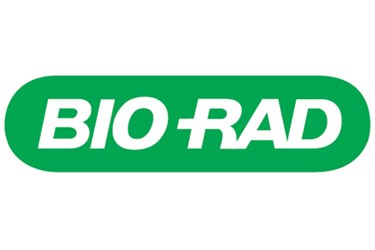Selecting The Optimal Resins For The Process Purification Of Native And Recombinant Proteins

Native and recombinant proteins are used in a variety of applications ranging from drug discovery to target validation to high-throughput screening. Due to this, large-scale protein production and purification have become major necessities in industrial settings. Since the approval of recombinant insulin as a therapeutic in the early 1980s, the number of protein-based biotherapeutics has been on a constant rise. Currently, more than 200 proteins have been approved for human therapeutic and diagnostic use and over 350 are in late-stage clinical trials (Walsh 2010). In addition, large-scale production strategies yield cell culture titers containing tens of grams of target protein per liter. The escalating demands for higher protein titers have therefore been successfully met. However, downstream processes must still ensure that impurities are removed. These processes, including purification, represent 45–92% of the total cost of manufacturing a pure batch of recombinant protein (Straathof 2011). Therefore, devising efficient and economical purification strategies is an absolute requirement.
Bio-Rad has provided a progressive selection of chromatography resins for process-scale purification of proteins for over 50 years. This guide highlights these resins and their chromatographic types and lists the specific features that make them appropriate for use in process protein purification.
Get unlimited access to:
Enter your credentials below to log in. Not yet a member of Bioprocess Online? Subscribe today.
